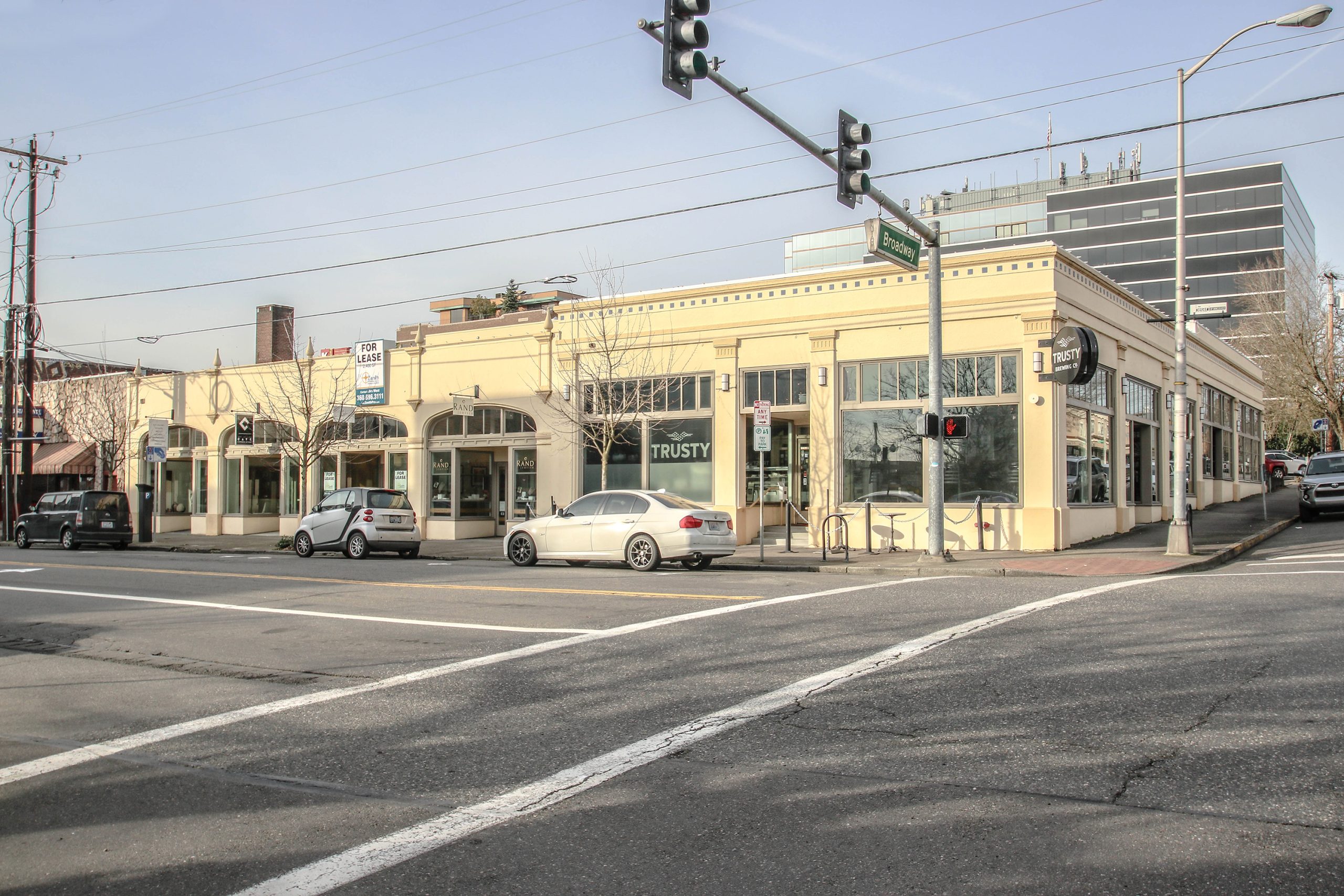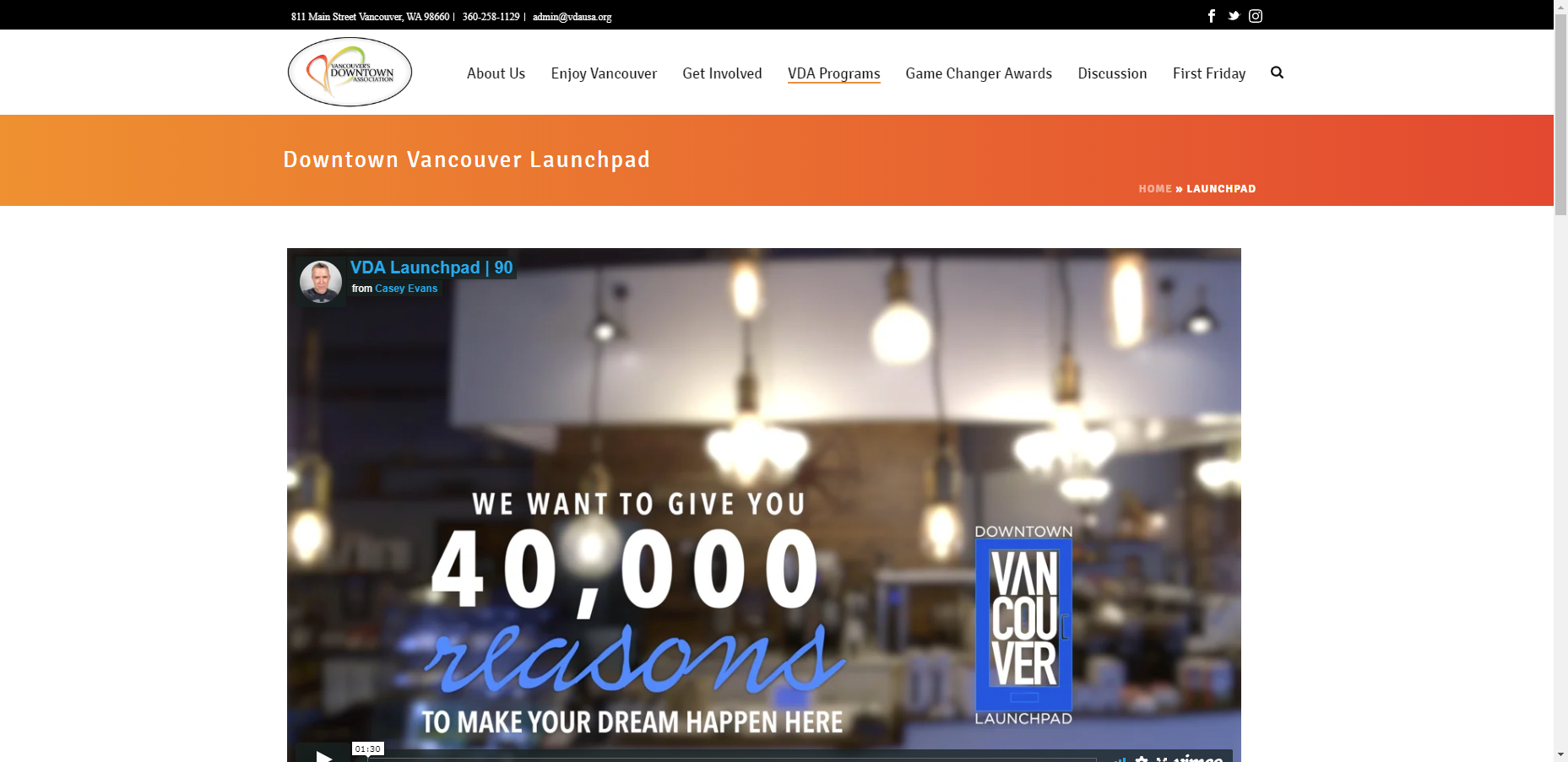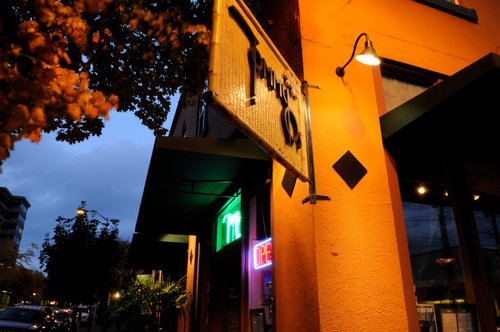Is this what good news feels like?
We seem to be in the strange stage of the crisis where we are starting to look across the abyss to the other side, or at least starting to think about what the other side of the abyss could look like, all while the current situation on the ground continues to deteriorate. For instance, the stock market posted its best week in 46 years as 6.6 million filed for unemployment, bringing the total to 17 million over three weeks, or more than 10% of the labor force.
Like we said, strange.
To be clear, the situation in the U.S. economy is still dire, but we are beginning to envision some way out. The Federal Reserve continues to lead the way, unveiling even broader new programs to help small and midsize businesses, state and local governments, junk-rated corporations, asset-backed securities and small businesses a second timely purchasing Paycheck Protection Program loans issued by banks. The new Fed programs allocate more than $2 trillion in lending and purchases, and utilize less than half of the federal CARES Act funding it was appropriated from the Treasury as equity.
Chairman Jerome Powell has embraced the Fed’s role as lender of last resort, and now commercial banker of last resort. Even as we wait for these programs to get up and running, the Fed’s balance sheet has reached $6 trillion, $1.5 trillion above its prior peak and up $2 trillion in less than two months.
We continue to see press accounts regarding difficulty in implementing CARES Act stimulus on the fiscal side, from delayed checks to small business loan capacity constraints to airline bailout confusion. One piece of good news is that the direct deposit checks to households are scheduled to go out this week, providing much-needed relief for a reported 60 million Americans. It should be noted that all of the breathless coverage of missed rent payments is coming prior to the vast majority of stimulus making it into household bank accounts.
While delays in stimulus aren’t helpful, we are heading in the right direction. Small businesses across the country reportedly saw 587,000 loan applications totaling more than $151 billion processed as of Friday morning, though unclear how much of that has been received by owners. But assuming they receive the favorable loans quickly, they will now be able to pay their employees, essentially free of cost, in spite of being closed.
The best indication of this was the iShares iBoxx High Yield Corporate Bond Exchange Traded Fund. Down 12% year-to-date as of Wednesday, the broad basket, which the Fed is likely to purchase directly, rose by 5% on the news. One notable fallen angel, Ford Motors, was downgraded to junk on March 24. It saw the yield on its debt fall from around 10% to near where it started the year.
Major uncertainty remains around when the economy will begin to reopen and how long it will take spending patterns to return to “normal.” Coronavirus data appears to show that some of the worst hit areas such as New York are peaking, but few are venturing guesses with confidence about the timeline for reopening stores and restaurants.
At this level of newly unemployed, describing conditions with any specificity is especially difficult. But while the numbers remain alarming and depressing, we may be on track to improving, finally. As noted above, more than 10% of the labor force has become unemployed in the last three weeks, with a record unemployment rate all but certain in April. Google searches for “how to file for unemployment” have proven a reliable forecaster for initial jobless claims, and these have declined by a third since the peak during the last week of March. Of course, that is still equivalent to another 4.5 million unemployed, but we expect this improvement to continue, and perhaps rapidly, as stimulus takes effect. It may not be a lot for now, but small comforts go a long way in a crisis.
As the vague shadow of a future recovery takes shape, we can start analyzing what all this means for long-term trends in commercial real estate. We spend our days thinking about which longstanding trends prior to the crisis will resume, and what new trends will develop going forward. Will the growth in e-commerce accelerate and move more aggressively into areas like grocery delivery that have struggled to take off until now? Will the suburban office market see a resurgence? Are live-work-play mixed-use concepts still as attractive? We will be exploring these questions and many others over the coming months (and likely years).
But the one question we get most often is about office space use and working from home, or WFH as we all now call it. Will office tenants embrace working remotely even more aggressively now that broad swaths of U.S. employers are now forced to do it full time? After all, square feet per employee has been declining for decades. Will this trend go into overdrive, changing the office market forever?
The first really good data on this idea came across the CoStar Economy desk this week (hat tip to Richelle Wilson in our D.C. office for sending the link!). A survey of chief financial officers conducted on March 30 by Gartner Inc. found that only 26% of firms expect to return to the same level of prior office use.
Granted, a survey conducted during wartime may not say much about peace. But still, that’s a pretty shocking number.
The vast majority of companies responding to the survey are saying they will only keep 5-10% of employees remote, so not a truly huge number, but meaningful.
We’re sure that many companies and their employees will begin to have conversations about increased productivity from cutting out commutes, enhanced quality of life and other benefits of working remotely. We’re also sure that more than a few of our readers are looking forward to returning to their offices. We’ll be figuring out the answer to the question of tenant behavior for years to come.
The Week Ahead …
This week the most important data will likely be the same as most: weekly unemployment claims, COVID tracking, policy tracking and anecdotes on rent payments. We get the Fed’s Beige Book report this week, which is basically a huge collection of anecdotes itself. We are expecting to set a record for the length of this report as officials will start to place increased importance on this kind of data. We hope checks are officially deposited into household accounts, providing support for the millions facing dire financial situations. As a reminder, the Fed is not out of bullets, as it actively reminds us whenever it can. Should conditions not improve, expect more stimulus.
Retail sales data for March are set to be released Wednesday, where we expect to see a major bifurcation between grocery store spending and online spending compared to more discretionary purchases.
CoStar Economy is produced weekly by Robert Calhoun, managing director and senior economist, and Matt Powers, associate director of CoStar Market Analytics in New York City.













